Birds of the Indonesian ArchipelagoGreater Sundas and Wallacea
价格范围:$40.19 至 $44.80
“如果您只身前往婆罗洲,您可以选择《印尼群岛鸟类》或其他两本专门介绍这个亚洲观鸟圣地的野外指南。但对于印尼群岛的其他地区来说,这不仅是一本出色的鸟类指南,也是现存的唯一一本 21 世纪野外指南”。
Dragan Simic,www.10000birds.com,2021 年 4 月 22日
重量
1.2 kg
尺寸
16 × 23 厘米
格式
精装, 柔性封面
页面
536
出版日期
February 2021
出版商
Lynx Edicions
说明
经过多年的精心研究,这本涵盖印尼群岛广大区域的第一本鸟类学野外指南已经过全面修订。 现在的第二版包含 2,800 多幅插图,其中包括 325 幅全新的插图和近 500 幅对原图的改动,并辅以 1,350 幅所有经常出现物种的地图。
该指南全面涵盖了大巽他群岛(苏门答腊岛、婆罗洲、爪哇岛和巴厘岛)和瓦拉几亚群岛(苏拉威西岛、摩鹿加群岛和小巽他群岛)以及所有附属岛屿的生物地理区域。 该地区沿赤道横跨 4000 多公里,包括东帝汶、文莱达鲁萨兰国、东马来西亚的沙巴州和沙捞越州以及印度尼西亚共和国的大部分领土。
通过包括三个放大的地理区域或更大的全群岛地图框架,物种分布图的准确性得到了提高。 书中介绍了该地区已知的全部 1456 种鸟类,包括 628 种特有鸟类、106 种流浪鸟类、4 种引进鸟类和 10 种尚未正式描述的鸟类。 这些鸟类加在一起占全球鸟类多样性的 13% 以上。 重要的是,所有亚种都有详细描述。
作者对该地区的鸟类拥有无与伦比的丰富经验和知识,汇集了最新的分类学见解、分布知识、野外识别特征、发声特点等,是对该地区种类繁多的鸟类感兴趣的人不可或缺的参考资料。 对细节的额外关注使这本指南可以在亚洲其他地方使用,因为它特别注重帮助读者识别最棘手的物种。
- 分类遵循基于生物声学、基因组学和形态学的综合方法,通常以作者自己在该地区的同行评审系统工作为基础。
- 内容详尽,包括现状、分类、栖息地和行为、所有羽色变化、发声和同类物种。
- 1 456 个物种,628 个特有物种,106 个流浪物种,4 个引进物种和 10 个未描述物种。
- 2800 多幅插图涵盖所有物种和独特的亚种、飞行中的鸟类、雄鸟和雌鸟、幼鸟以及非繁殖羽色(如适用)。
- 1,350 幅全彩分布图,涵盖所有经常出现的物种,分布在四个区域地图框架内。
- 印尼语中所有鸟类名称的列表,对旅行中的鸟类爱好者、研究人员以及与印尼语使用者交流非常有用。
- 修订后的索引更传统、更熟悉。
- 在分类学的限制下,对物种的描述进行了移动,以便将相似和/或区域性的物种放在同一页上,这样就可以更方便地进行比较,减少在不同页面之间翻阅的时间。
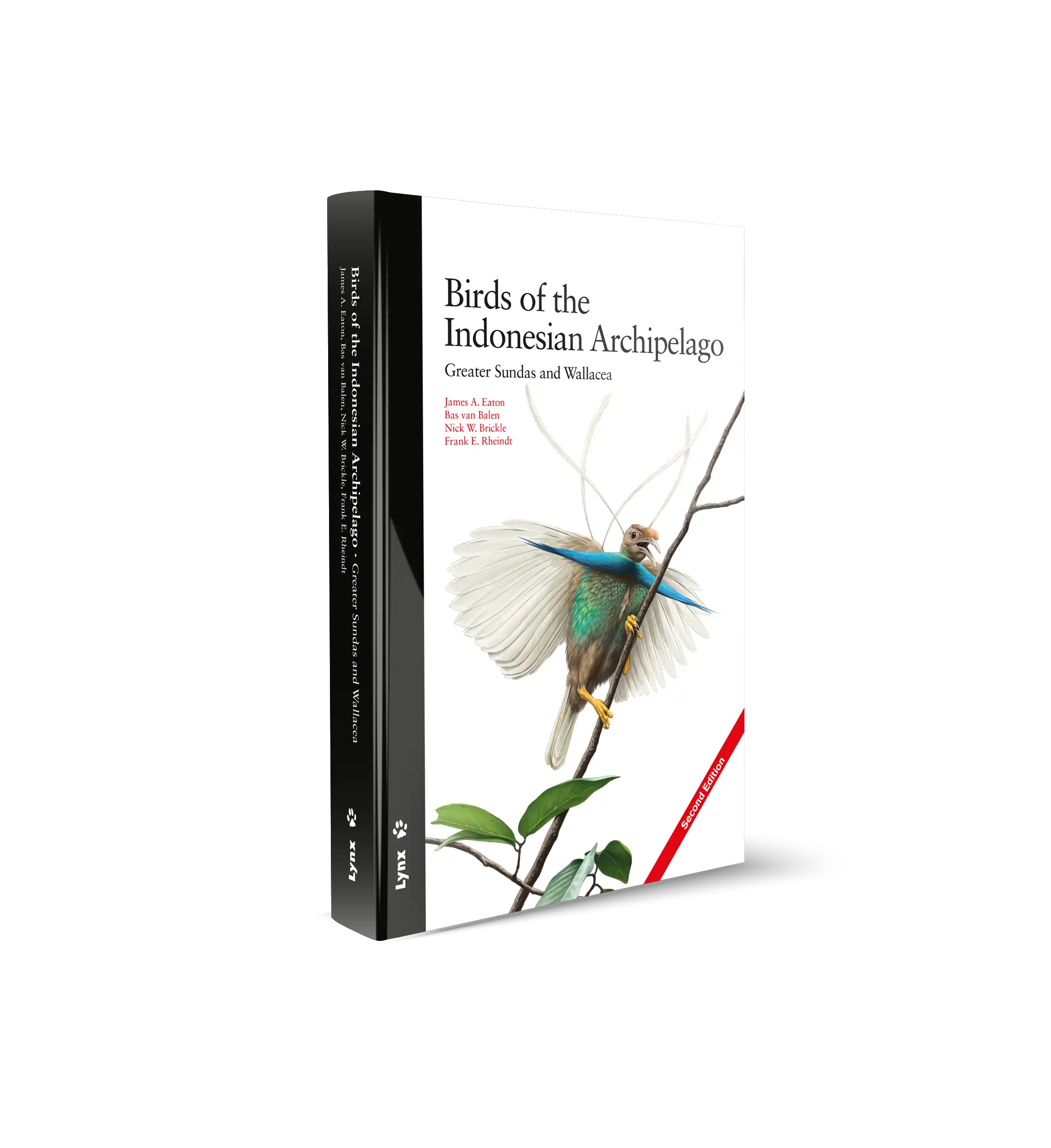
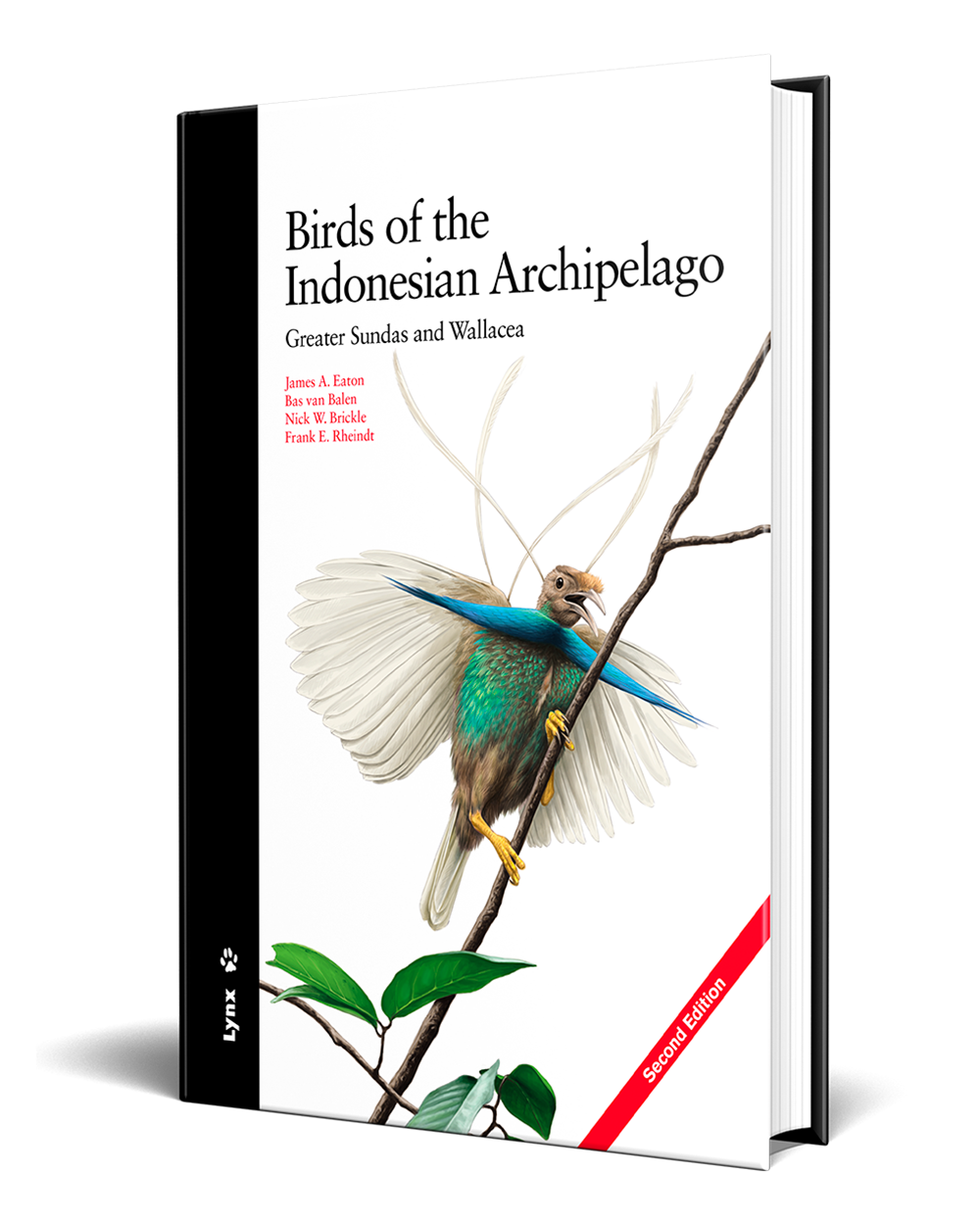
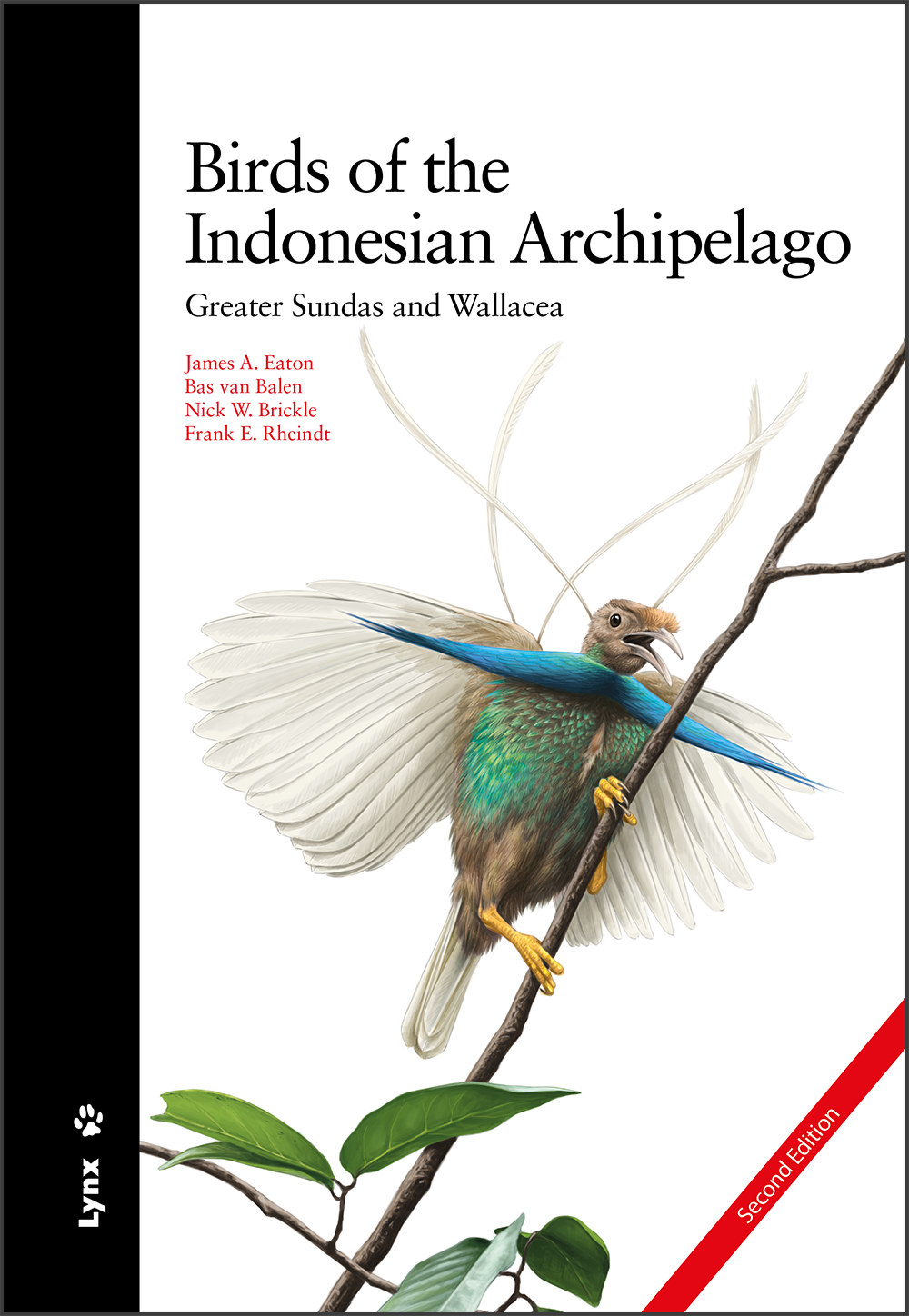
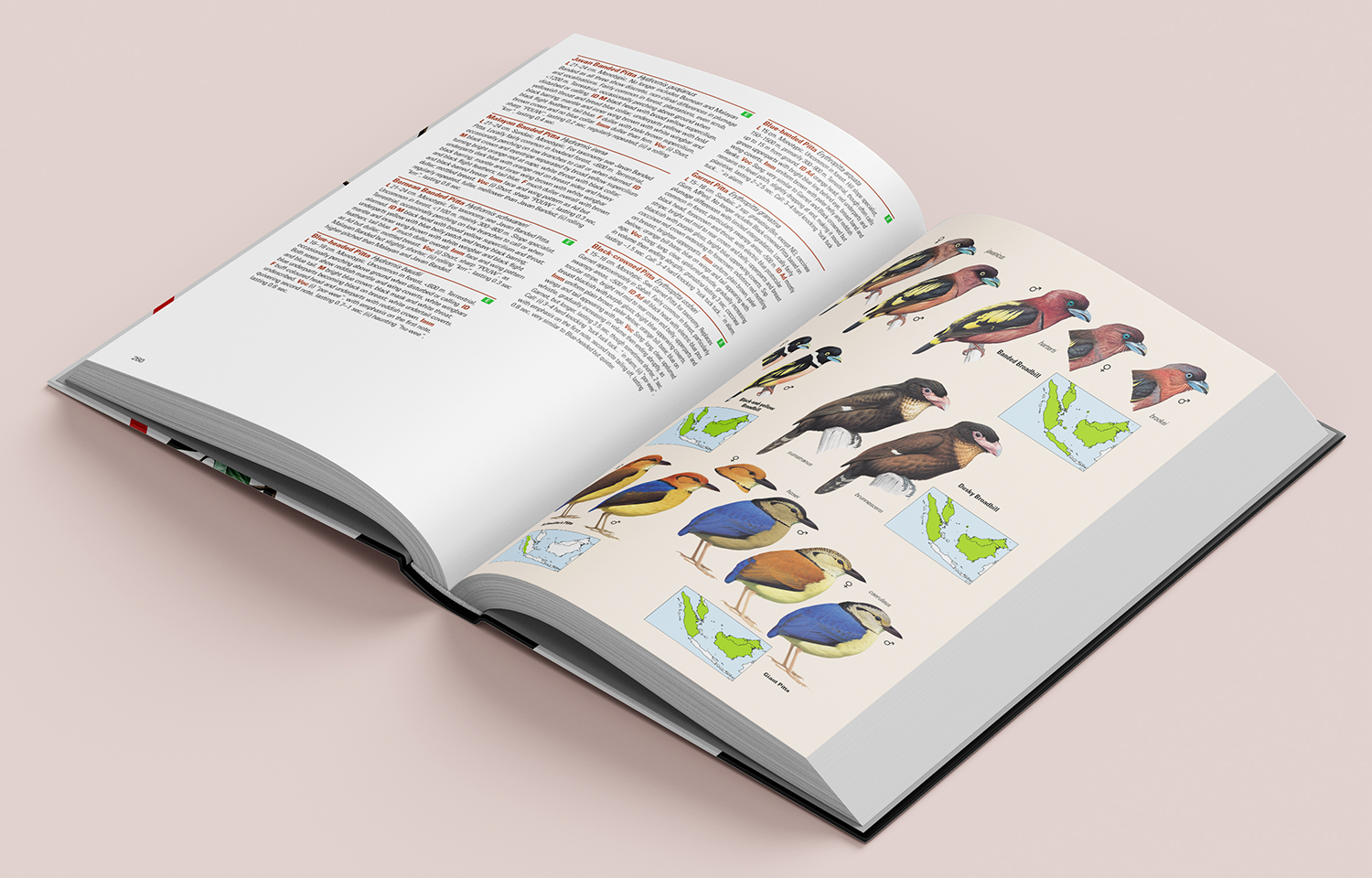
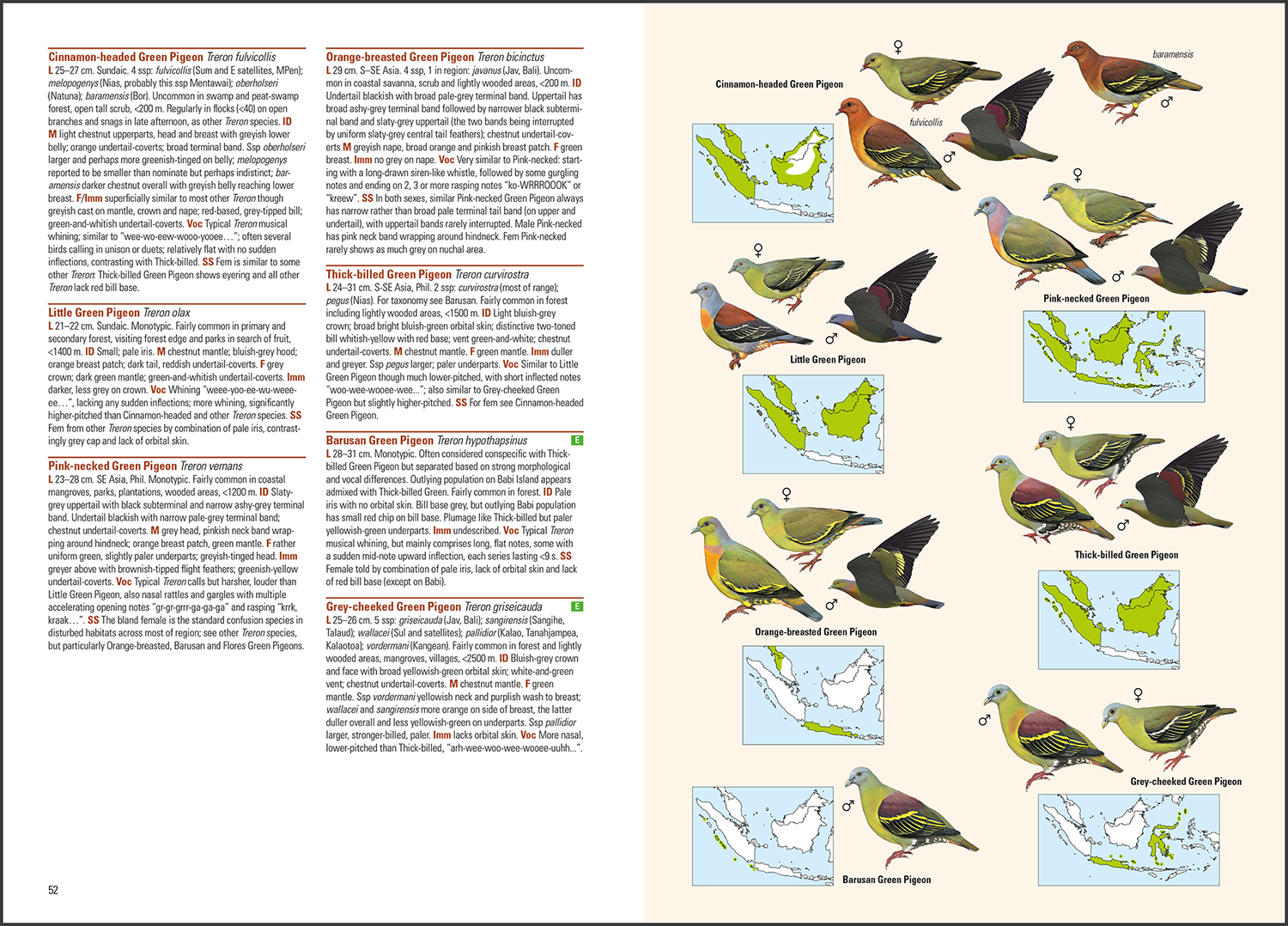
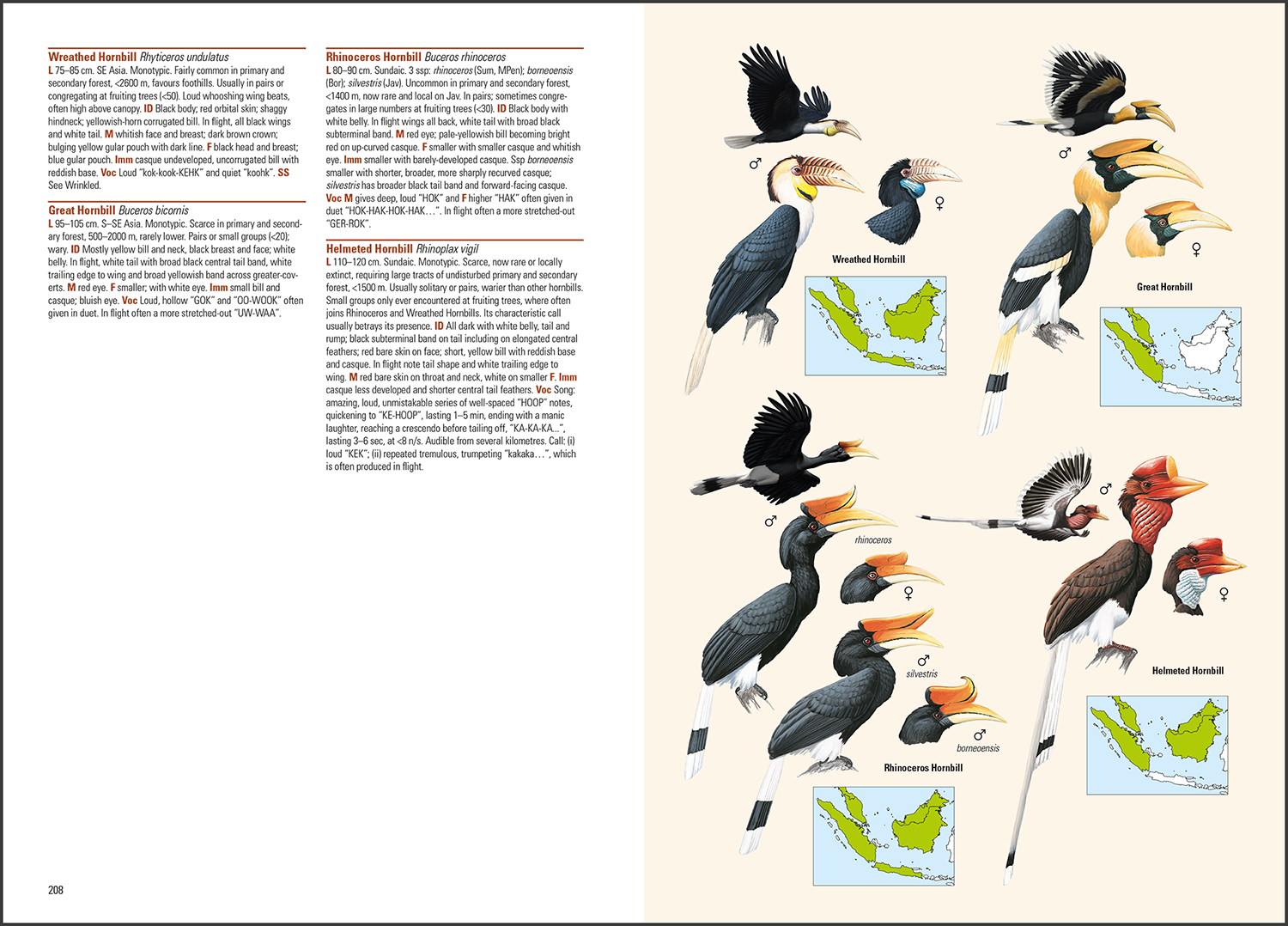
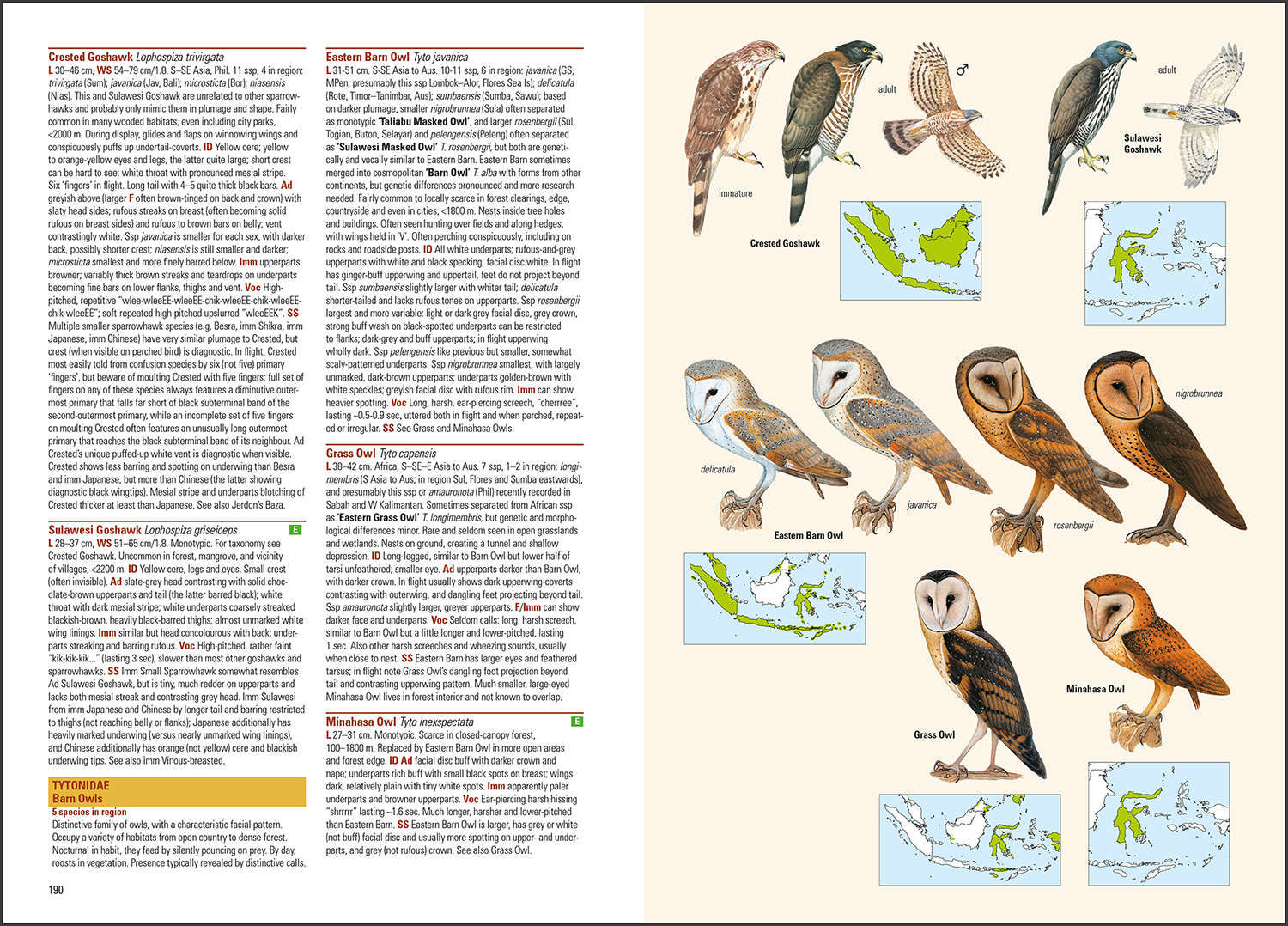
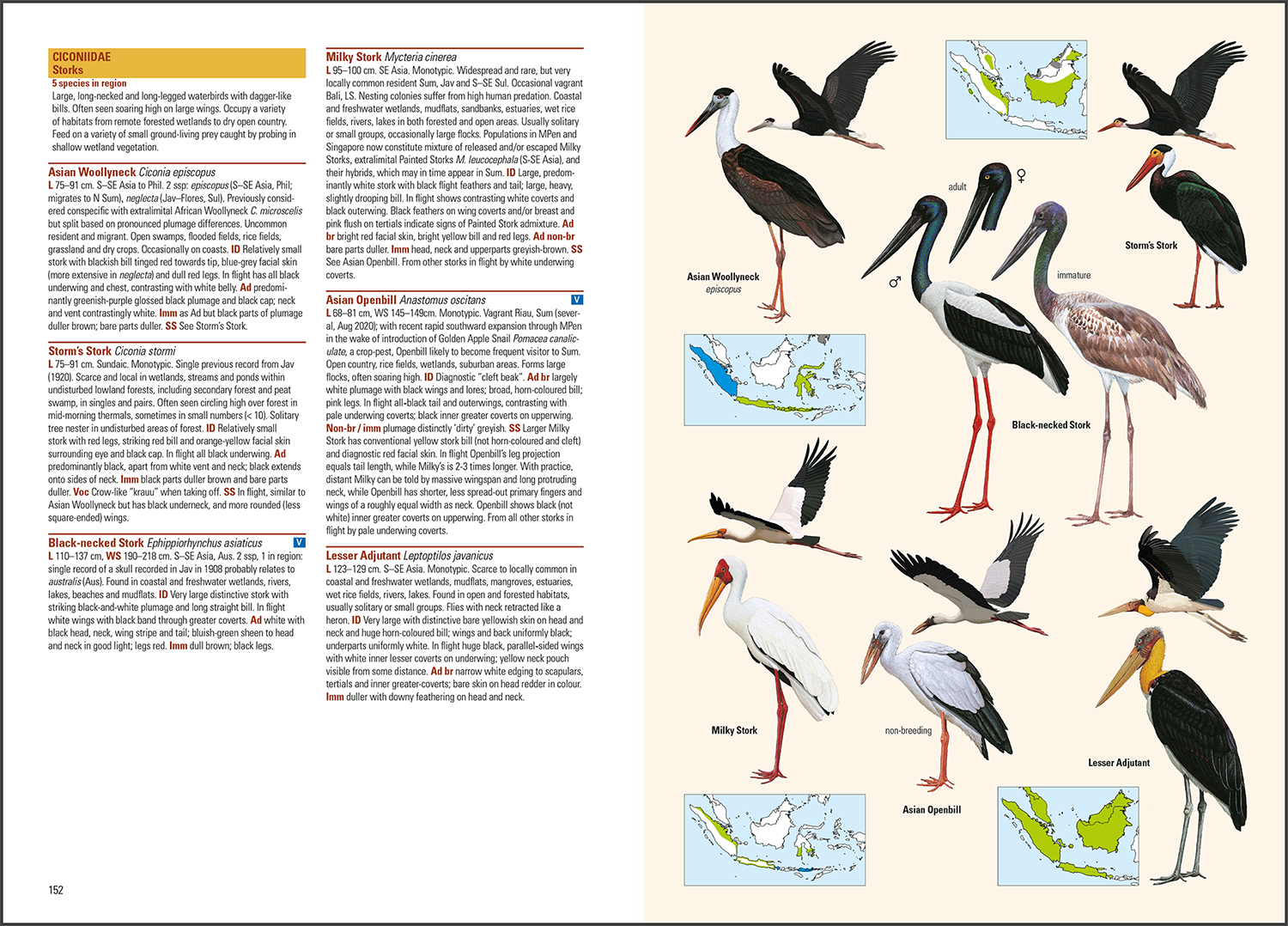
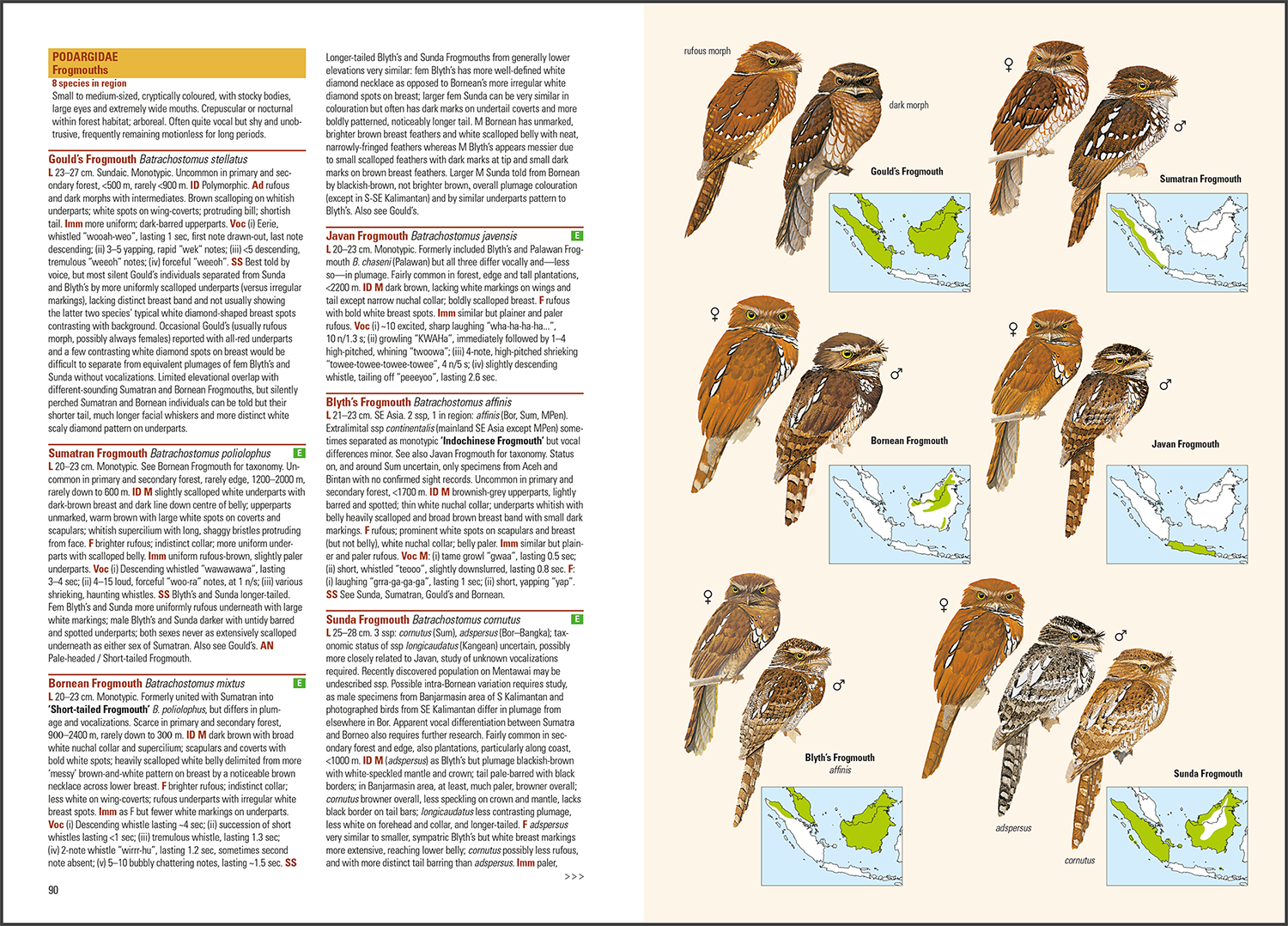
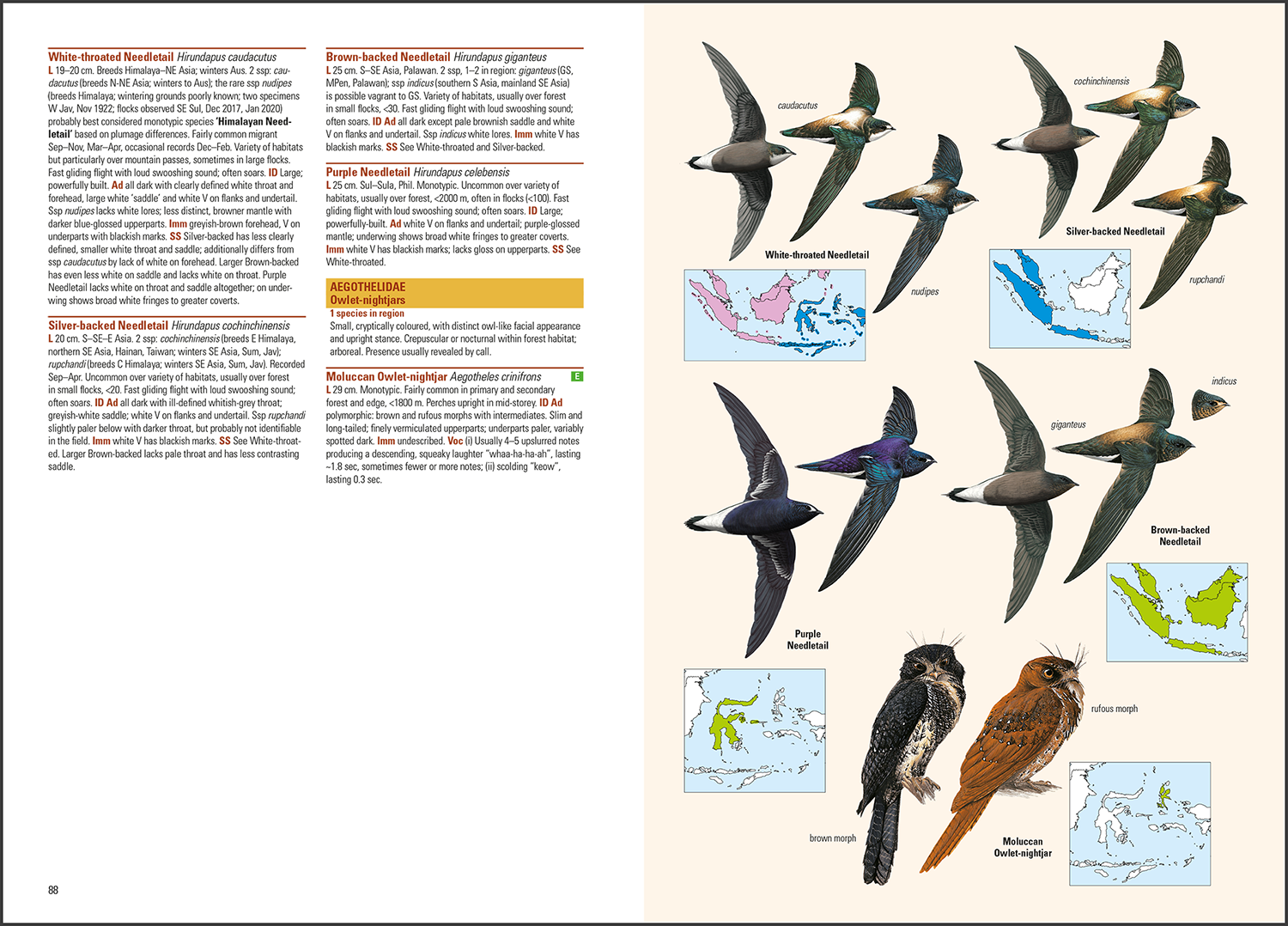
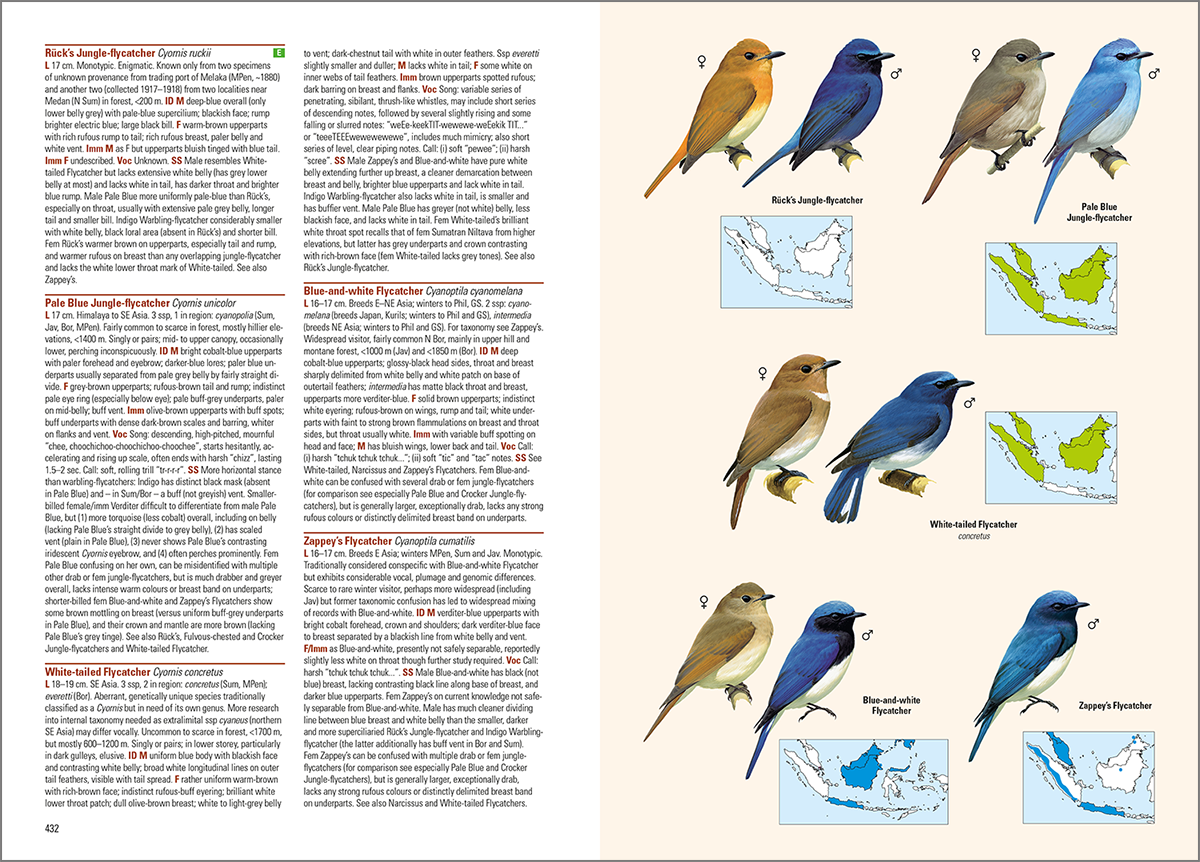
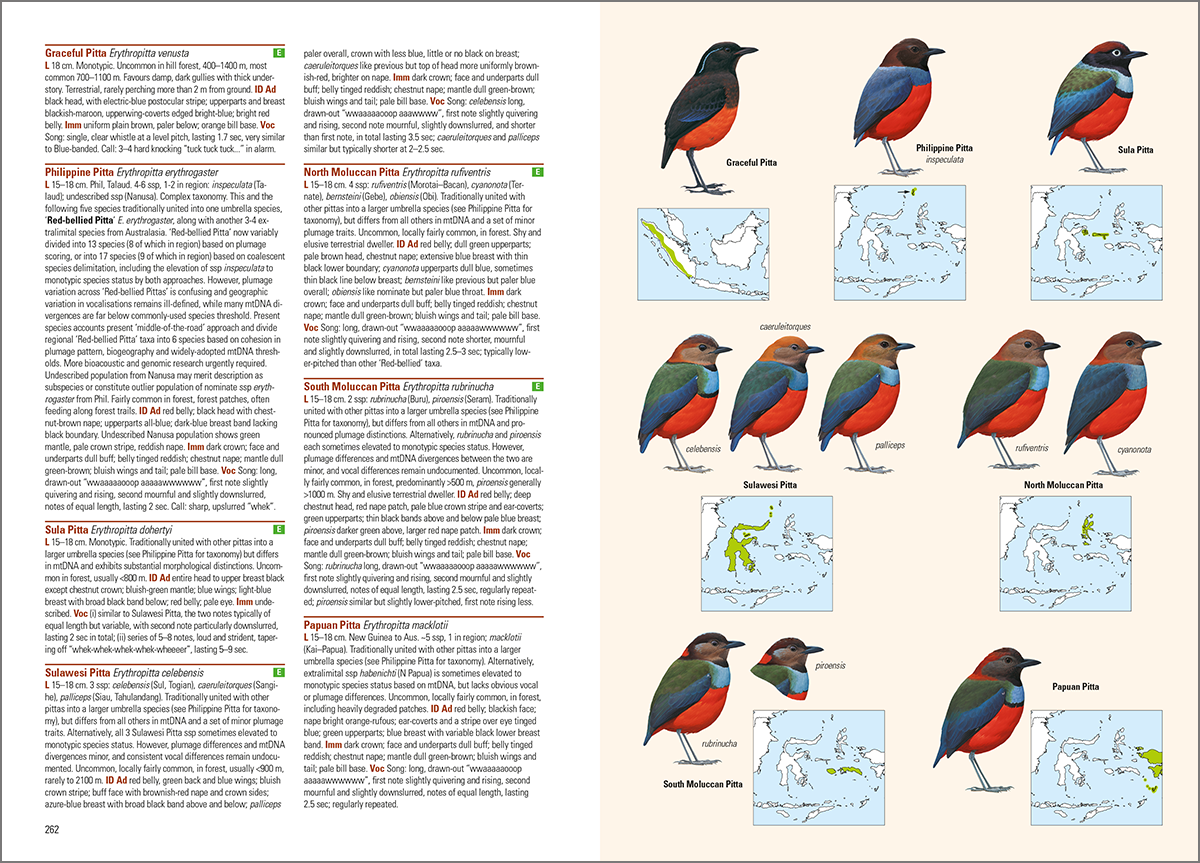
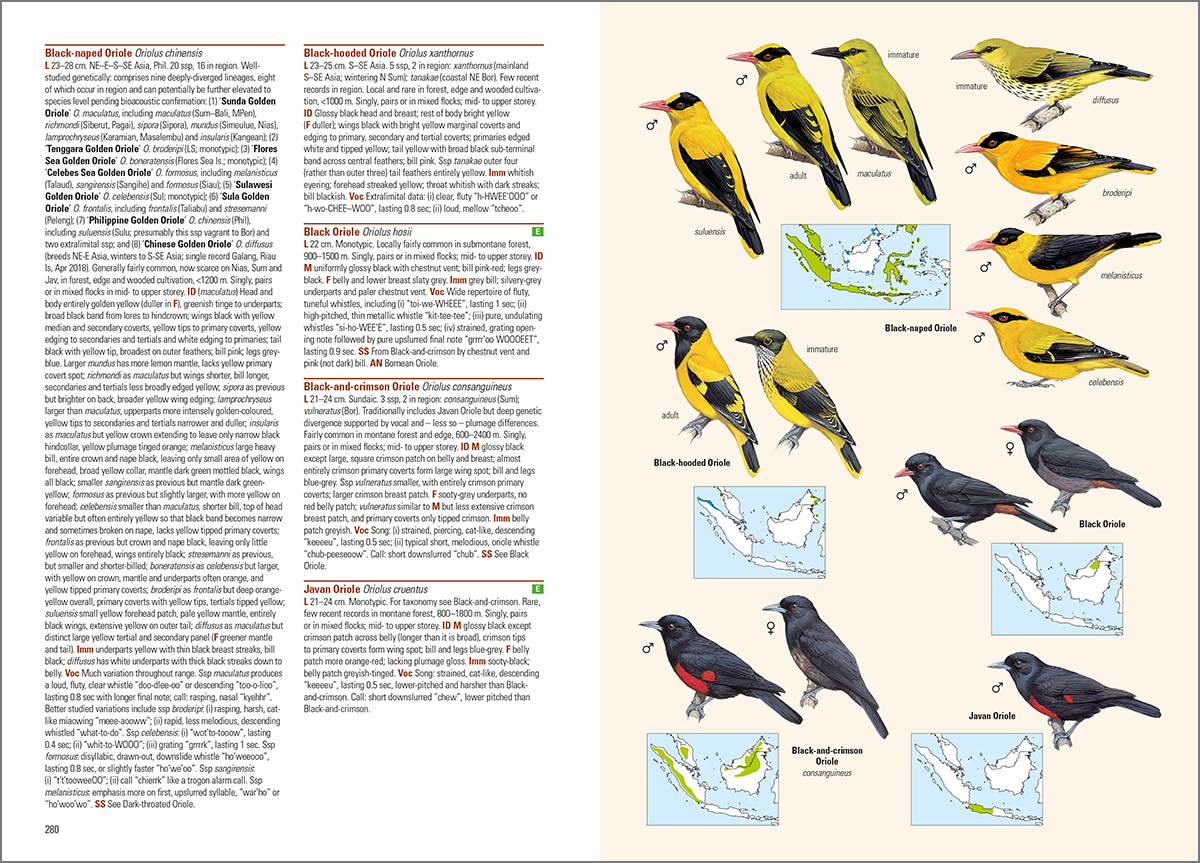
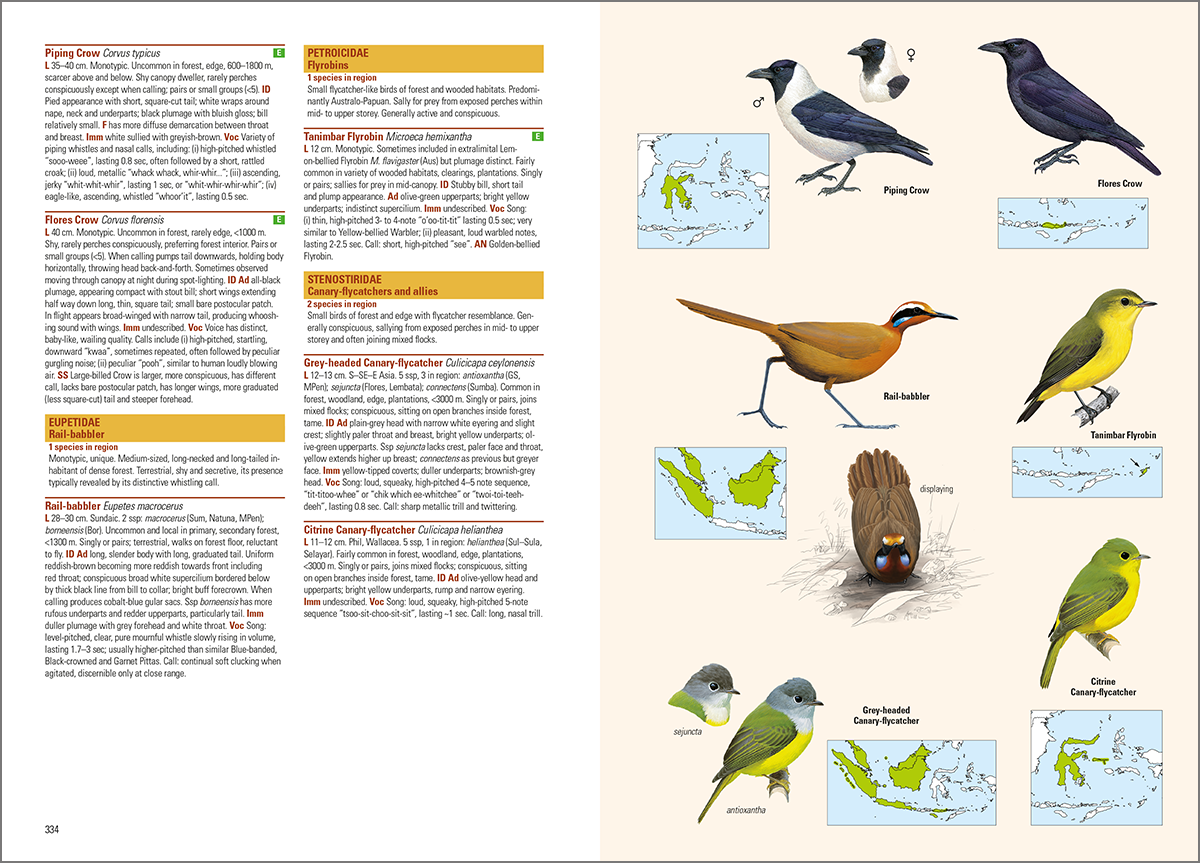
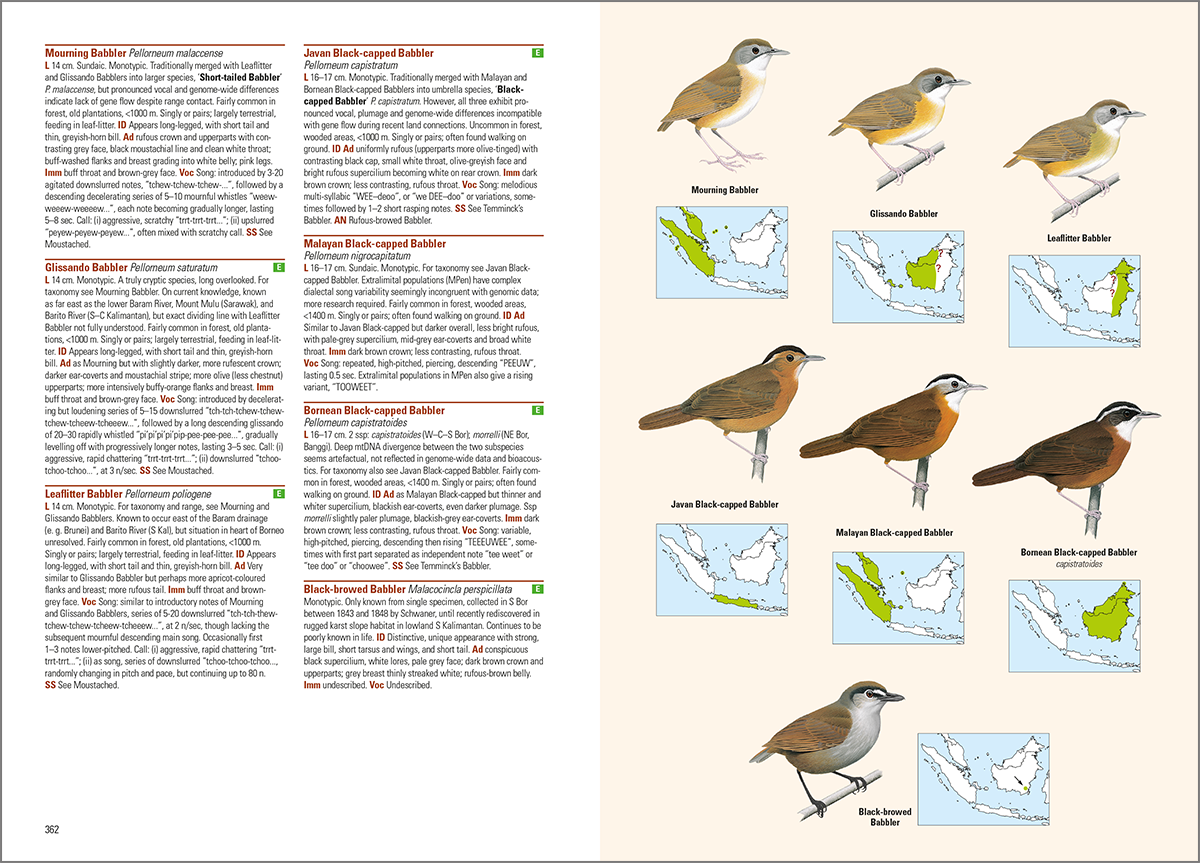
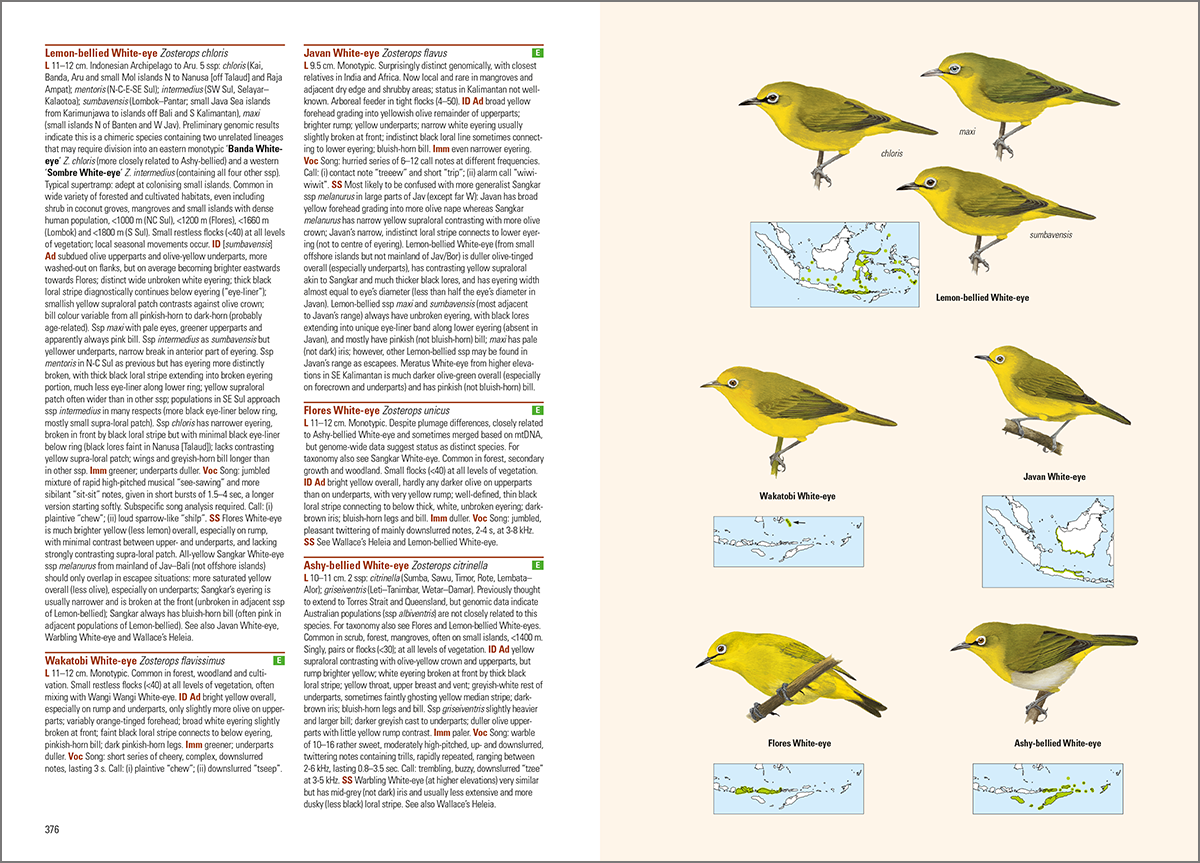
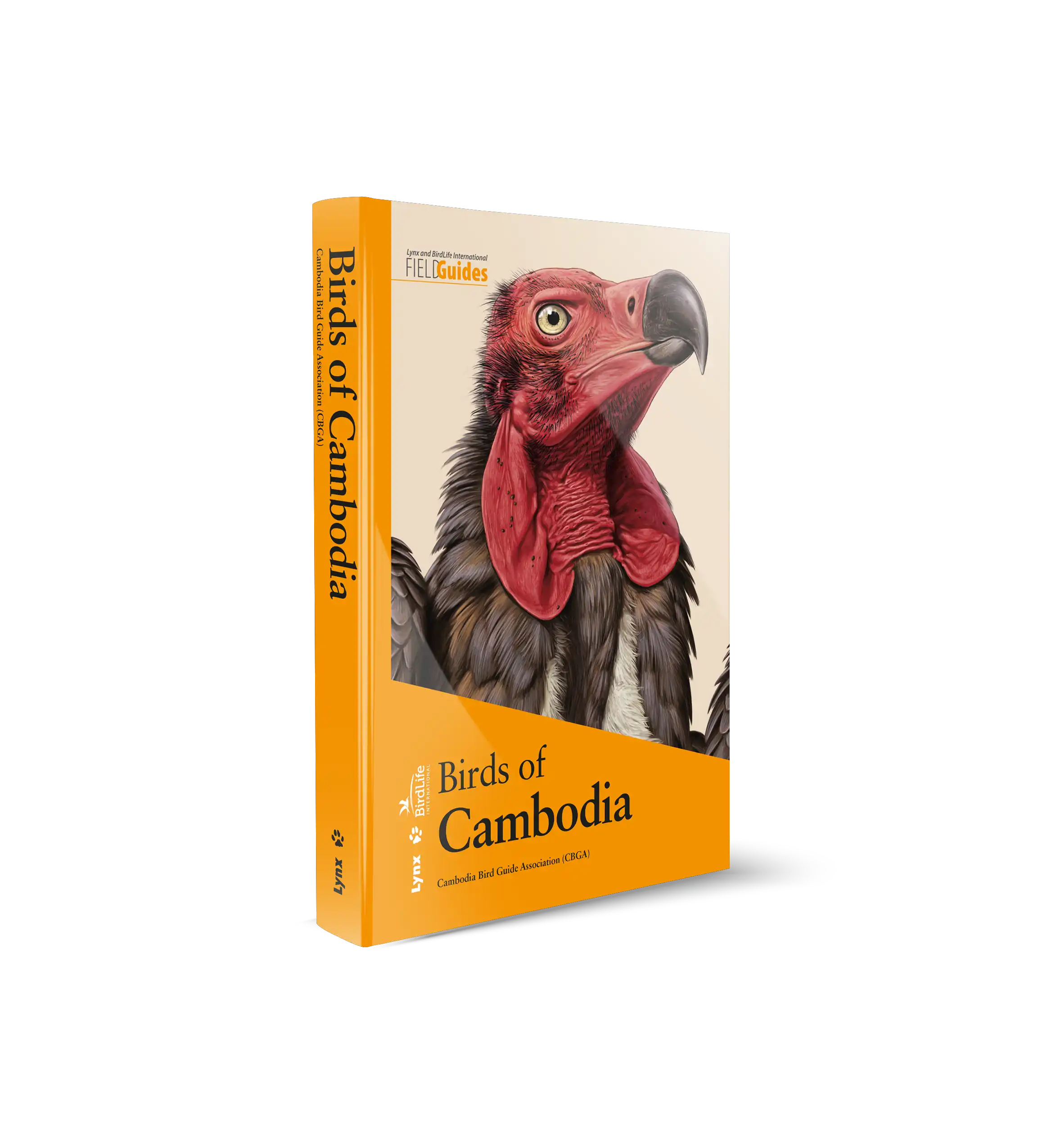
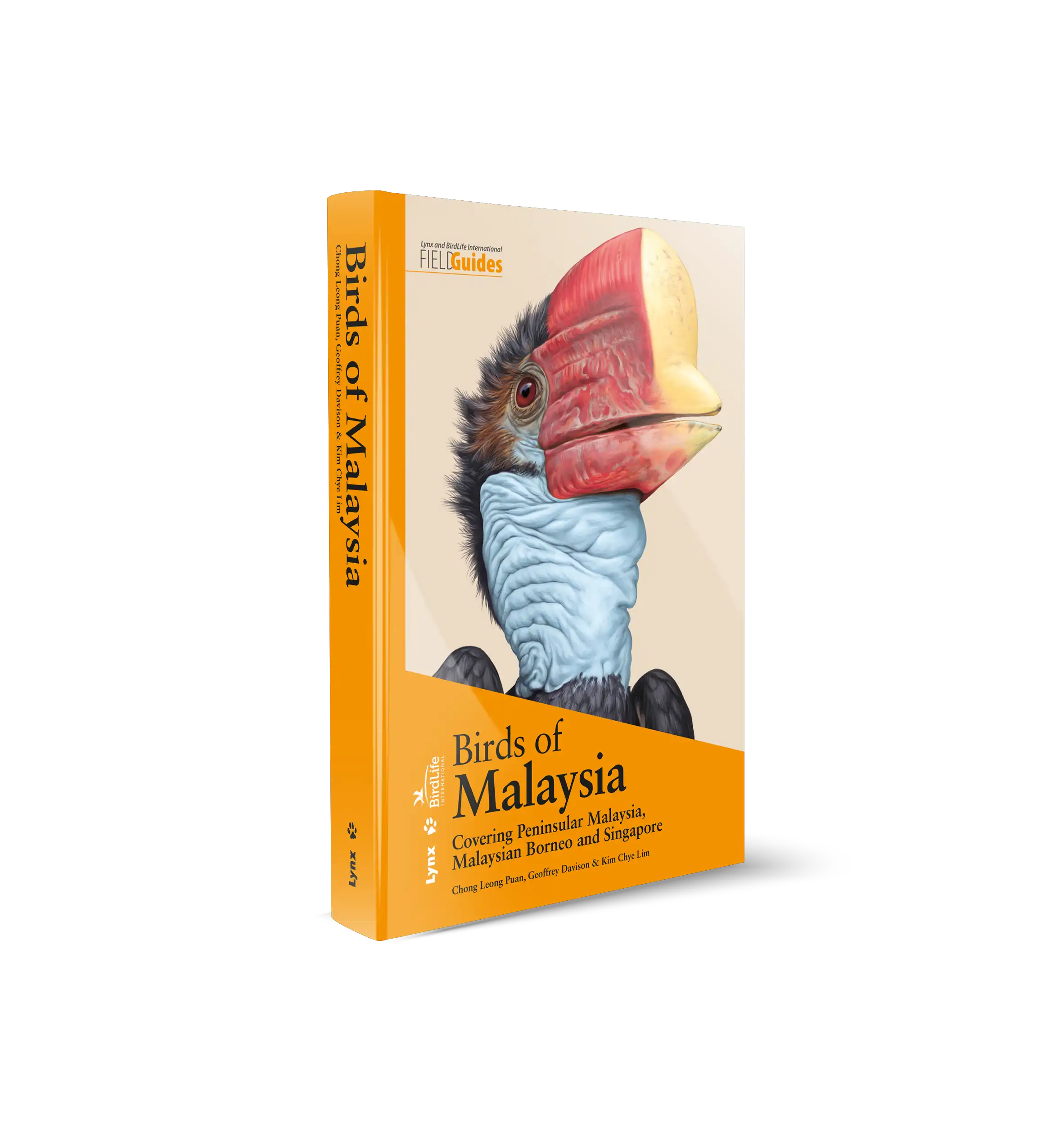
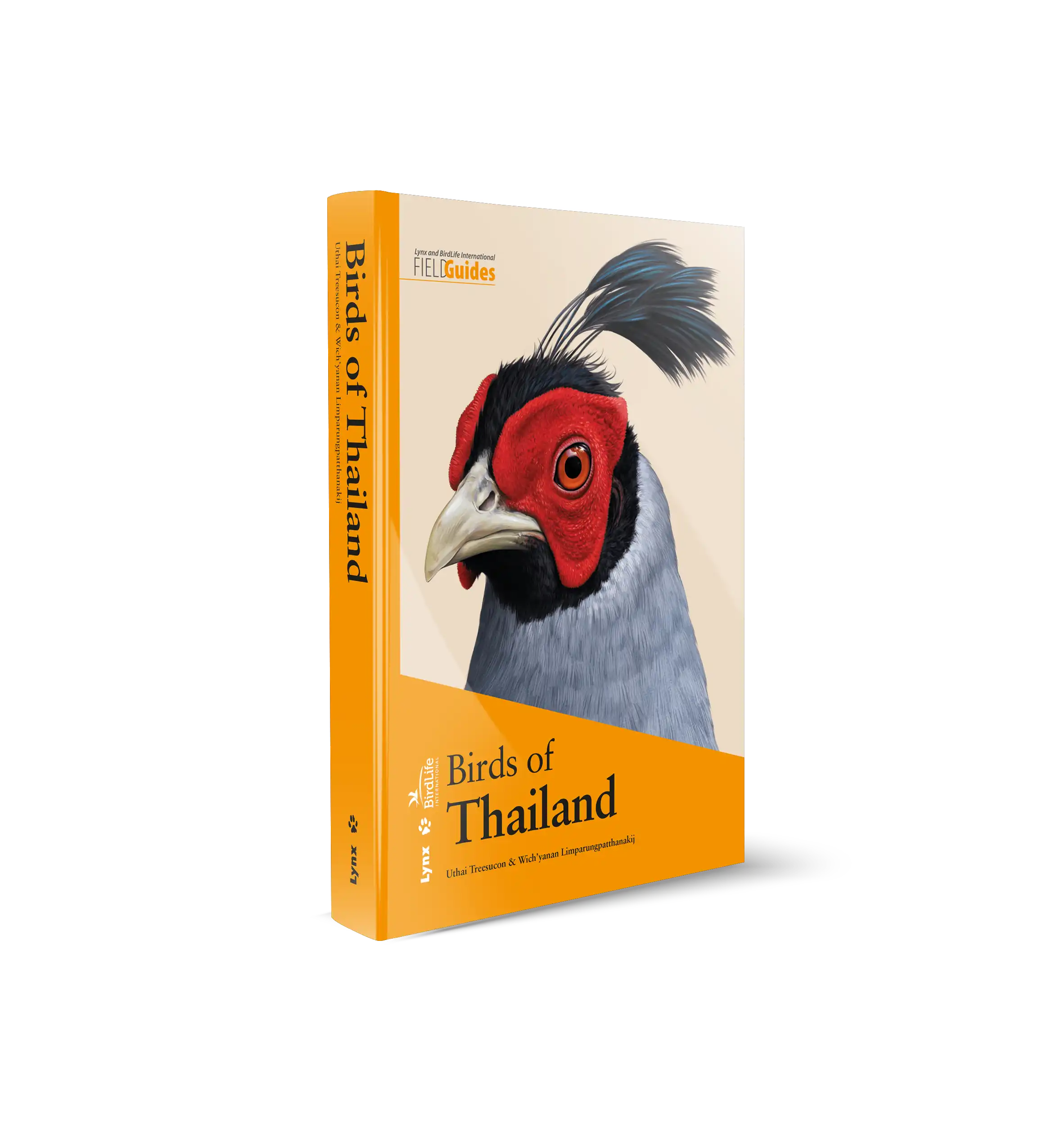
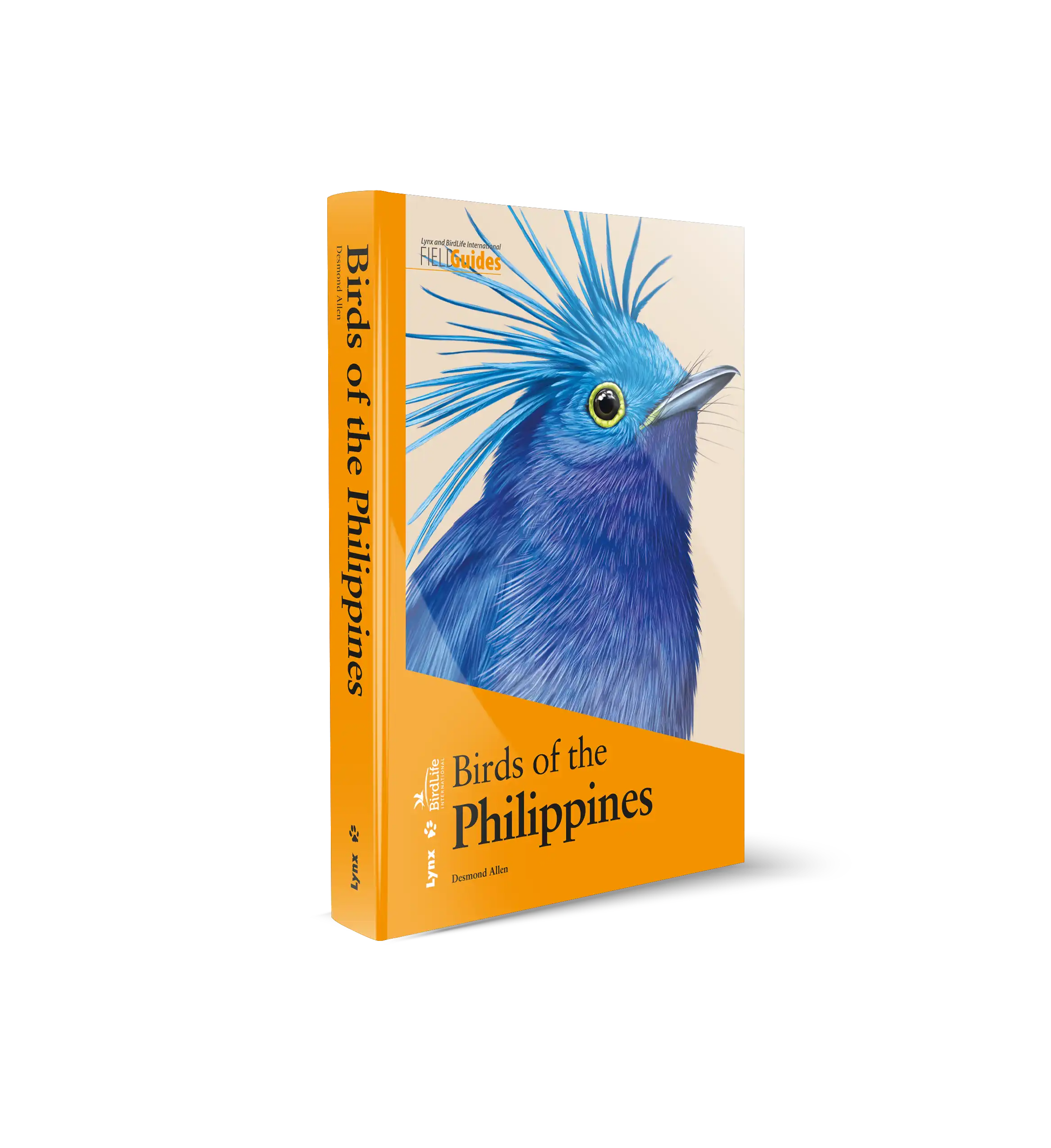
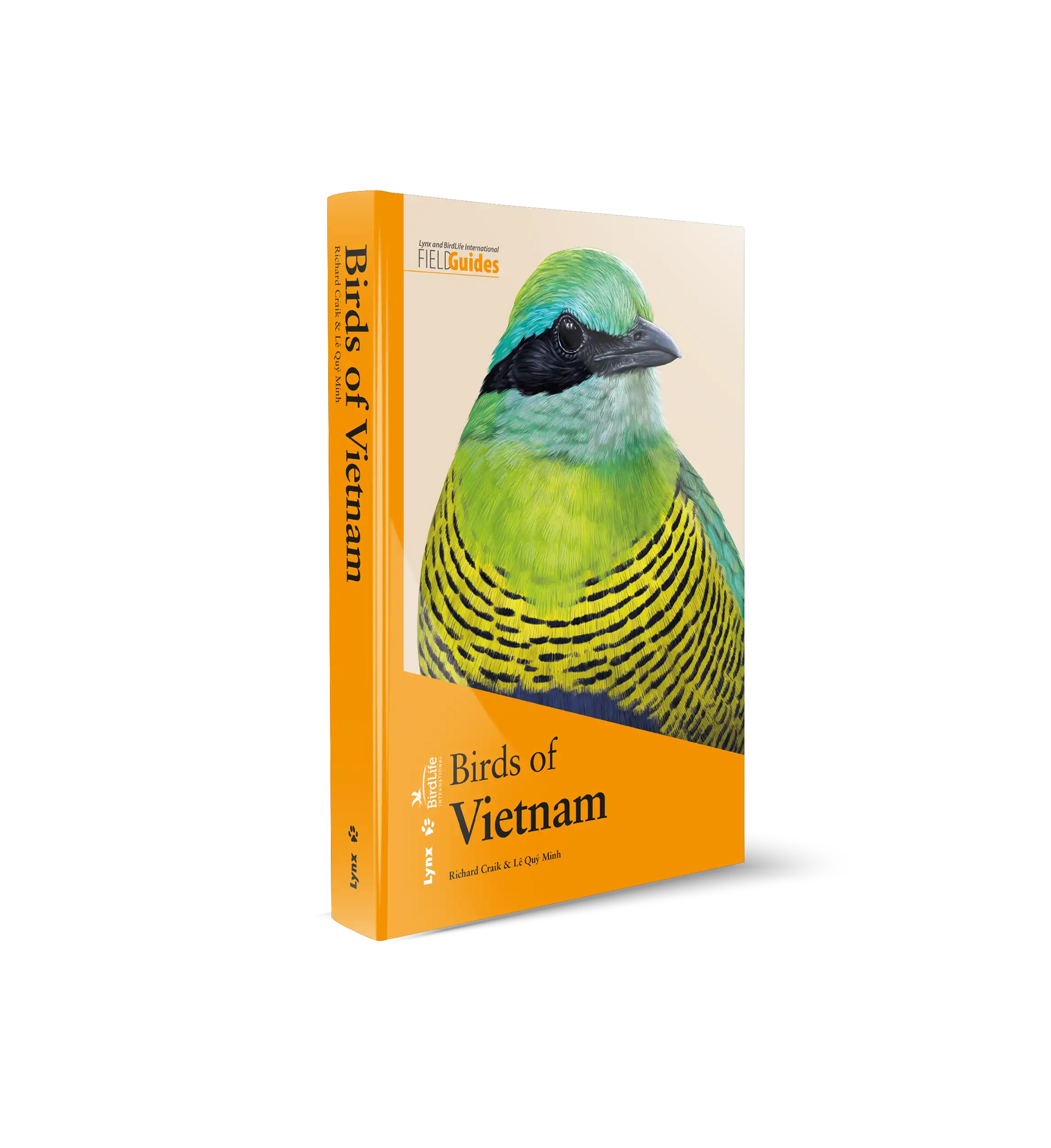
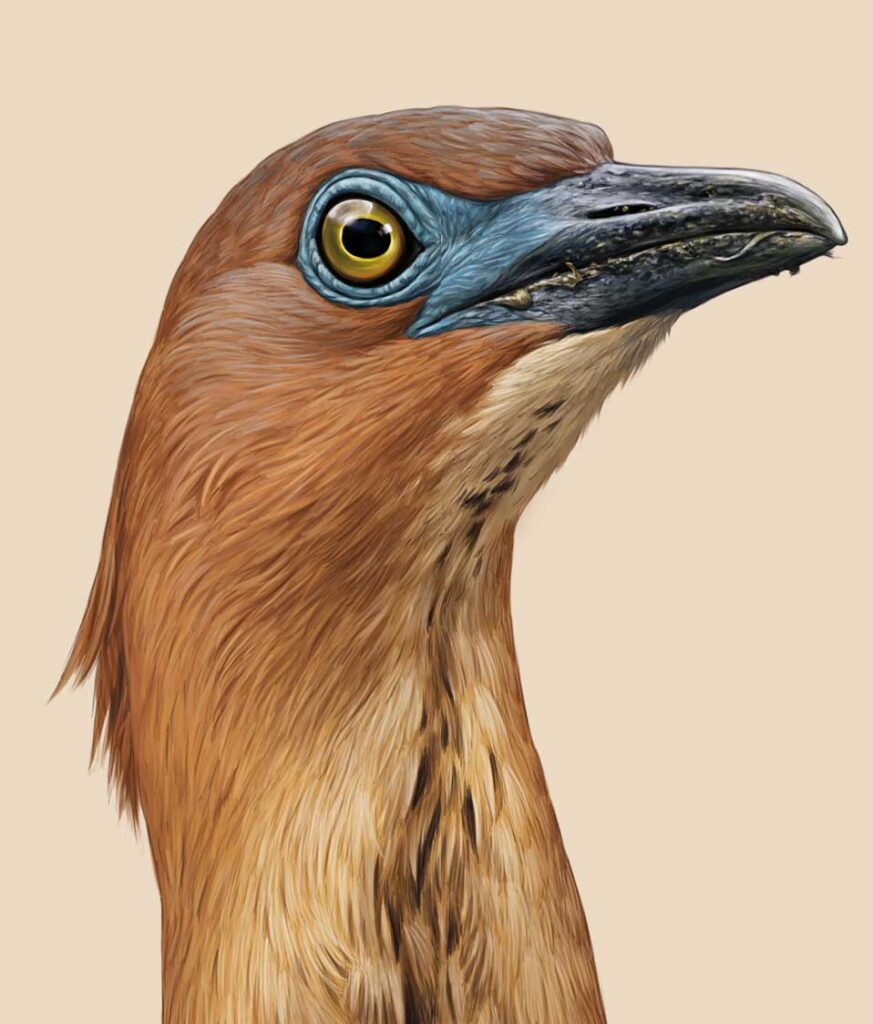
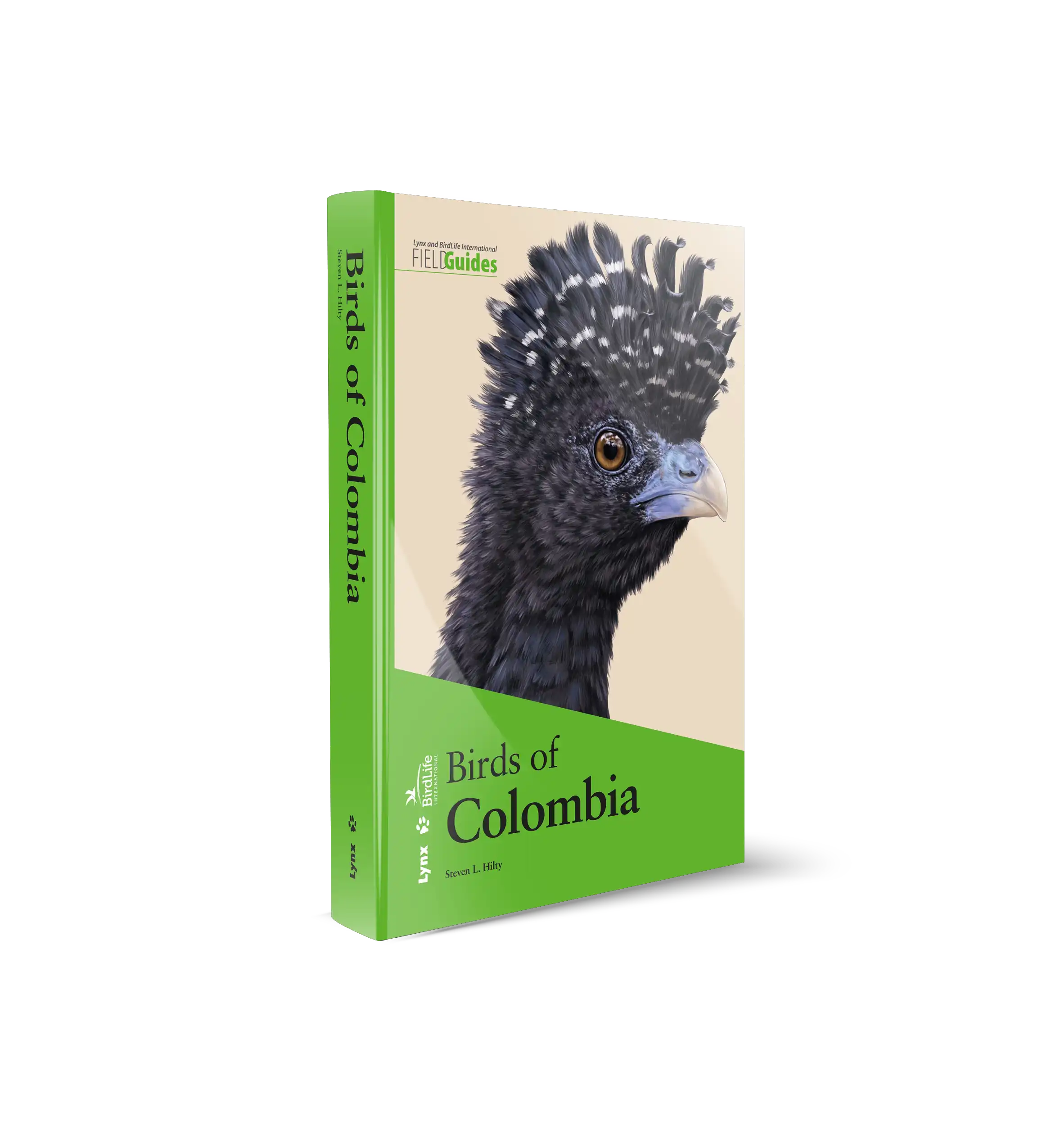
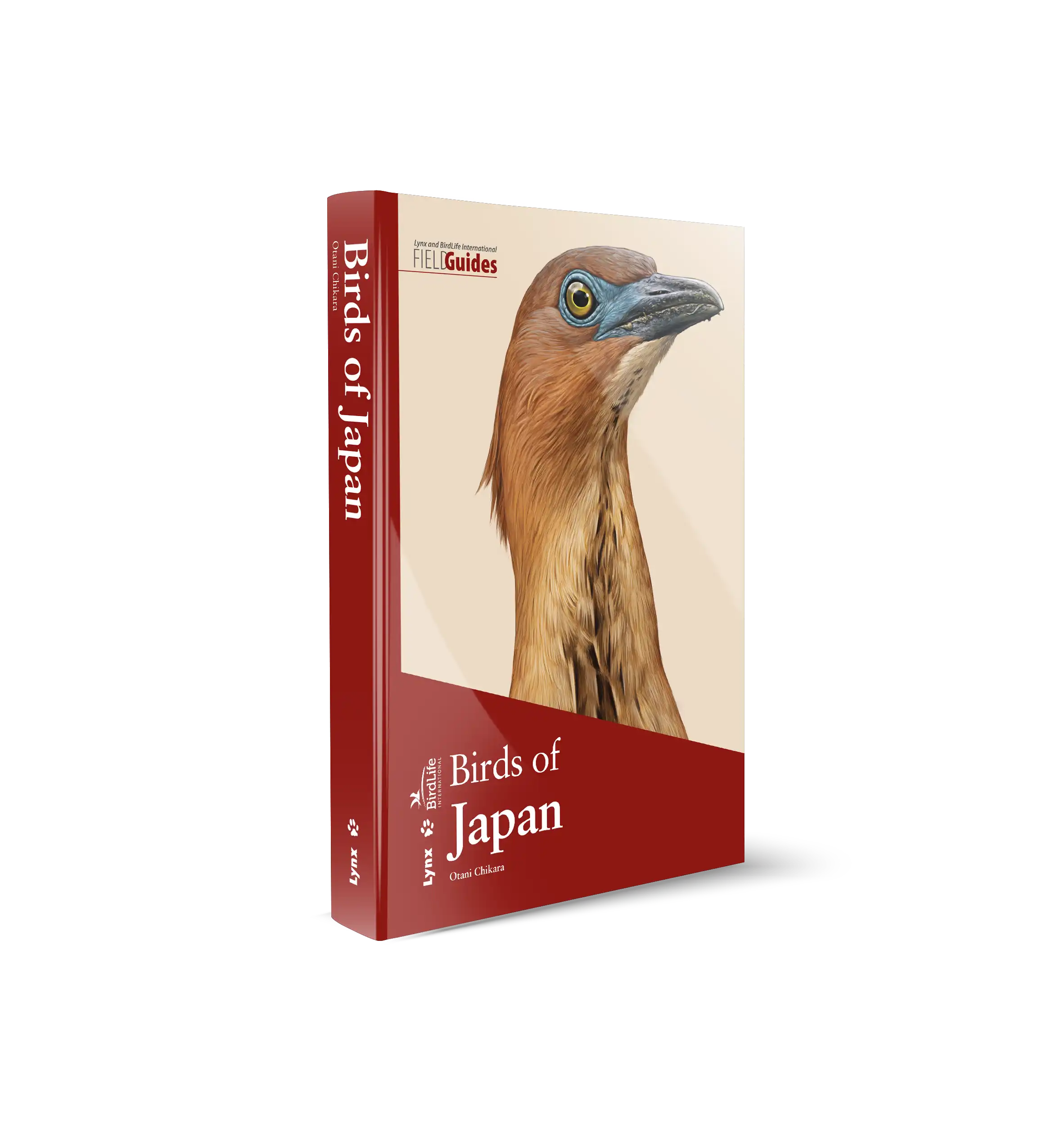








 版权 2025 © Lynx Nature Books
版权 2025 © Lynx Nature Books
Michael Cunningham (验证用户) –
I received the flexicover this morning; one week and half a planet after submitting the order. I’ve spent a day scheduled for other things poring through the book. It is difficult to put it aside, let alone find fault. Of any good arising from our response to this awful pandemic, this superb revised guide is a noteworthy part.
The flexicover itself is softer than other guides and probably needs some extra protection in your pack. The wonder is that a guide of this immensely diverse area actually does fit comfortably in a field bag (1,456 species in 536 pages).
The spartan cover design features Wallace’s Standardwing (male, typical form?) in display, by Ilian Velikov. This spectacular image differs from illustrations inside the guide, of this and other species, which are of the minimum fuss, passive posture, focus on the bird type, with few props. Many perching birds are shown on a featureless cylindrical twig, most others have no background support. Grebes coast across the page, feet hanging in an imagined pond. One exception is a displaying Rail-babbler, also featured on the back cover, but even here the props are a pencil sketch, while the bird is detailed and in colour.
Any field guide to Indonesia and the Malay archipelago faces significant challenges of geographic diversity, with thousands of significant features. Inside the covers are the necessary maps: the front covering the western half of the archipelago, the Greater Sundas, with Wallacea, in the east, inside the back cover. These give islands, regions, national borders and well known biogeographic boundaries; they do not show cities, mountains, rivers or roads. This is not a field guide to all of Indonesia – it does not include Indonesian New Guinea and adjacent West Papuan and Aru islands. Conversely, it does include all of Borneo and Timor. However, the small maps alongside each species illustration, along with the abbreviated text summaries, are adequate to convey distribution across the archipelago and beyond, to peninsula Malaysia, West Papua and the southern Mindanao. Colour is used to show both migration status and breeding records – which seems a good way to highlight areas with sparse records and knowledge gaps.
Some of that which is not covered in maps, is given in the introductory text on geography, conservation and ornithological history of the archipelago, along with a thoughtful exposition of the authors perspective on taxonomy. They have made some bold, landmark decisions on names. Reading these essays is its own reward.
The guide text is concise and being in a font size around 8pt or less (no wonder the book is so compact – you may need a lens) it packs in a lot of detail. Nonetheless, given the grouping of species, with illustrations and maps on the right, many of the text pages, at left, have largish areas of blank space. This comes as somewhat of a relief and leaves wriggle room for future revisions. Perhaps the Bahasa Indonesia names could fit.
The book includes a bibliography – thankyou. The index seems comprehensive, perhaps excessively so. This is the first guide that I’ve noticed listing the specific epithets in the index (e.g. sumatranus, Bubo between sumatrana, Sterna and sumatranus, Corydon. Bubo is listed elsewhere but without species). Do people really look up the second part of a latin species name, rather than finding them listed under the genus? Just when it appears you have found a flaw, this is addressed with a second index, more or less in taxonomic order, giving page number along with English, Scientific and Bahasa Indonesia names.
I could quibble with a few minor details (I doubt the wisdom of applying an existing Neotropical name, Shrike-vireo, to unrelated Indonesian birds) but these are deliberate author choices and an improvement on what came before. All up, this book is an essential reference to an area with over 13% of global bird diversity.